Ripley Castle
OS grid reference:- SE 282 605
Ripley Castle and Gardens, a fourteenth century country house estate in Ripley, on the edge of the Yorkshire Dales National Park, is an historic attraction open to the public all year round and makes for a fascinating and entertaining day out, in a beautiful location.
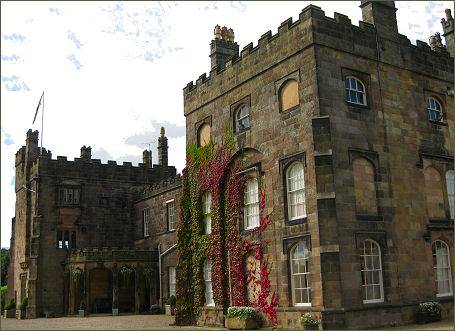
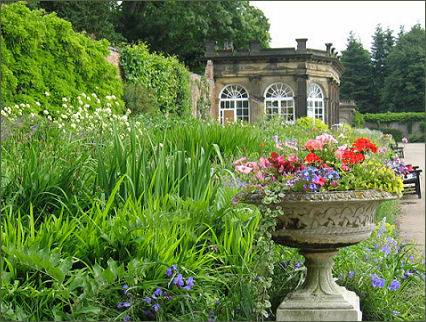
The castle is steeped in history with magnificent grounds, lakes, Deer Park, Walled Gardens, Hothouses and Kitchen Garden. Ripley Castle has been home for twenty-six generations of the Ingilby family. The Old Tower dates from 1555 and houses armour, books, panelling and a secret Priest's Hole, together with fine paintings, china, furnishings and chandeliers.
The large Victorian Walled Gardens contain 150,000 flowering bulbs which create a colourful carpet in the springtime, they also house the National Hyacinth Collection, whose scent is delightful. The restored Hot Houses have an extensive collection of rare vegetables from the Henry Doubleday Research Association. there are alo extensive Pleasure Grounds designed by Capability Brown, a lake and a deer Park. For children there are Special Tours of the Castle designed to be amusing and fun and a Children's Play Trail in the Parkland.
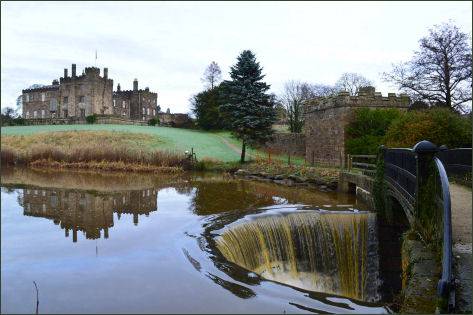
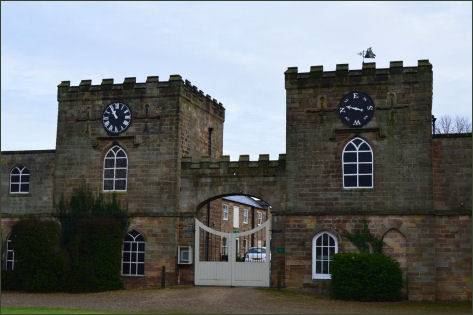
When Sir Thomas Ingleby (circa 1290-1352) married the heiress Edeline Thwenge he obtained the Ripley Castle estate with its mediaeval manor house as her dowry. His oldest son, also named Thomas (1310-1369), saved King Edward III from being gored by a wild boar whilst on a hunting trip and in reward was knighted and granted the boar's head symbol as his crest.
Sir John Ingleby (1434-1499) inherited the estate from his father at the age of five and built the castle's gatehouse, before becoming a monk at Mount Grace Priory and later the Bishop of Llandaff. His son, brought up by his deserted mother, was Sir William Ingleby (1518-1578), who was appointed High Sheriff of Yorkshire. Sir William added the tower to the building in 1548.
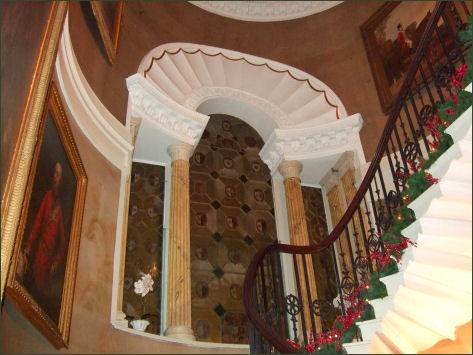
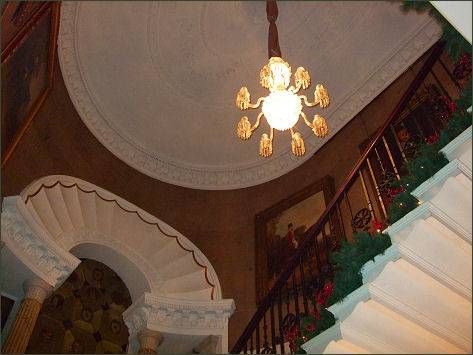
During the reign of Elizabeth I, two of Sir William's sons, who were staunchly Catholic, were pursued by the authorities. Francis, a priest, was caught, sentenced and hanged, drawn and quartered in York; David escaped to die on the Continent. Sir William Ingleby (1546-1618) played host to James VI of Scotland when the king journeyed south to London for his coronation as James I of England in 1603. In 1605 he was involved in the Gunpowder Plot, allowing the plotters to stay at Ripley whilst they procured horses. He was arrested and charged with treason, but later acquitted.
Sir William Ingleby (1594-1652) supported the Royalist cause during the Civil War, and was created Baronet Ingleby in 1642. He fought at Marston Moor in 1644, when the King's forces were defeated, he escaped the battlefield to Ripley and hid in a priest hole while Oliver Cromwell billeted himself there for the night. . On the death of the 4th Baronet in 1772 the baronetcy became extinct but was revived in 1781 for his illegitimate son John (1758-1815).
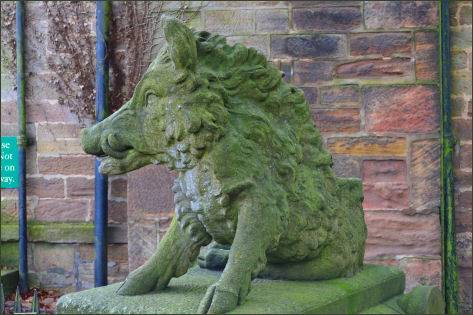
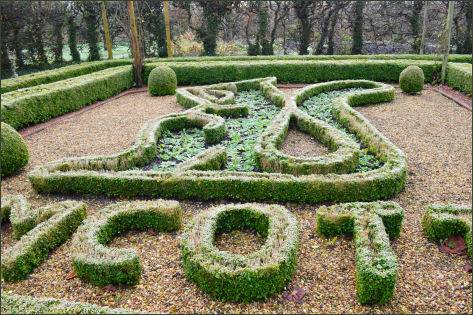
Sir John undertook a major rebuild of the castle in 1783-86 but incurred heavy debts and was forced to flee abroad in 1794 for several years whilst timber from the estate was sold to raise funds. His son William (1783-1854) was a great eccentric, drinker and gambler. He adopted the surname of Amcotts-Ingilby in honour of his mother, Elizabeth Amcotts and demolished and rebuilt the estate village of Ripley. On his death without an heir the Ripley estate to his first cousin, Henry John Ingilby. The baronetcy became extinct for a second time. Henry was created 1st Baronet Ingilby of the third creation in 1866. Ripley then descended to the present 6th Baronet.
The castle is still privately owned but open to the public for guided tours.
